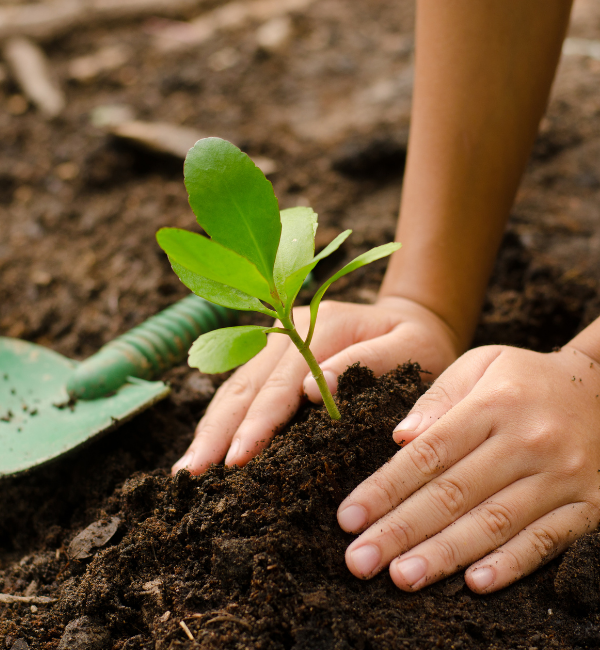Camouflage Animals


Learn how camouflage helps animals blend in!
What You Need
Materials per Student
- 3 sheets of paper
- 3 paper animals to cut out
- 3 different coloured crayons/pencil crayons or markers
- Scissors
Guide:
Safety Notes
Ensure you are familiar with Let's Talk Science's precautions with respect to safe virtual outreach to youth.
What To Do
Each student will:
- Colour in an animal with a pattern.
- Cut the animal out.
- Colour a half of a sheet of paper with the same pattern and colours as the animal.
- Colour the other half of the sheet of paper in one solid colour (no pattern).
- Place the animal on top of the pattern background and watch it blend in!
- Place the animal on top of the solid colour background. Is it still camouflaged?
- Repeat with other animals!
Discovery
Both predators and prey used camouflage to blend in with their environment. For example, predators like snowy owls blend in with their environment so prey will not see them when they hunt. Prey, like rabbits, blend in so predators have a harder time finding them.
Some animals use disruptive colouration, where they have multiple colours, designs or patterns to camouflage. Sea turtles have a pattern on their shell that helps them blend in with the ocean floor!
Guide:
What's Happening?
Both predators and prey used camouflage to blend in with their environment. For example, predators like snowy owls blend in with their environment so prey will not see them when they hunt. Prey, like rabbits, blend in so predators have a harder time finding them.
Some animals use disruptive colouration, where they have multiple colours, designs or patterns to camouflage. Sea turtles have a pattern on their shell that helps them blend in with the ocean floor!